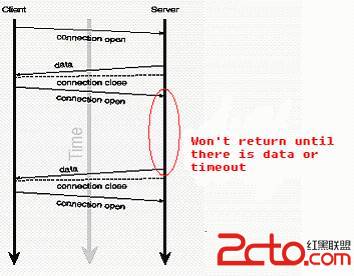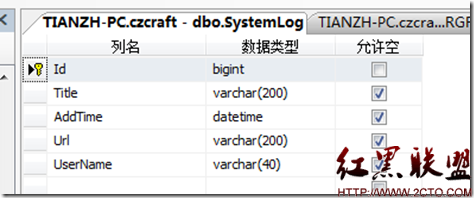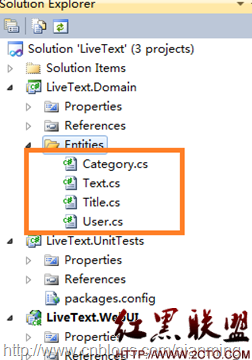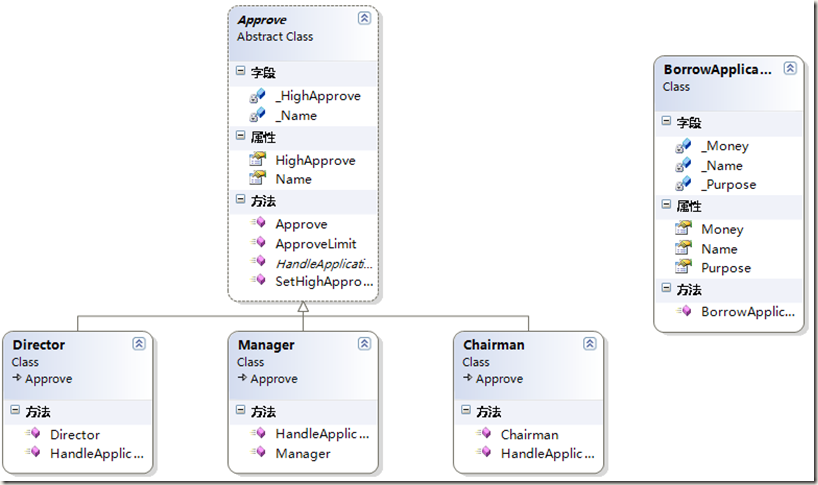当前位置:编程学习 > asp >>
答案:In Part 1 we looked at the Counters object and what purpose it serves; we also examined its four methods. In this part we're going to look at the Counters object in a bit more depth and look at some code to track the popularity of various search terms and code to display the values of all of the counters!
Persisting Counter Data:
The Counters object persists its various counters' information. That is, even if the Web server is rebooted the value in these counters will not be reset back to zero. This is possible because the data for each counter is stored in a text file, counters.txt. This file will most likely be located in \WINNT\system32\ or \WINNT\system32\inetsrv\Data\. The file's structure is pretty straight foward. Each counter that you create has its own line in the text file. On each line the name of the counter comes first, followed by a colon, followed by the value of the counter. For example:
HomePage:1935
SomeOtherPage:234
Product Queries:45
Advertisement Displays:35221
Therefore, if we wanted to display the values of all of our counters in an ASP page we could use some very 易做图 FileSystemObject code to open this file and read the contents of each line, displaying the name of the counter and its value. The function presented below can be cut and pasted into your application to list the contents of each counter.
Function DisplayCounters()
'The full physical filename of the counters text file
Const strFileName = "C:\WINNT\system32\inetsrv\Data\counters.txt"
Dim objFSO, objTS
Set objFSO = Server.CreateObject("Scripting.FileSystemObject")
Set objTS = objFSO.OpenTextFile(strFileName)
'Read in the lines one at a time
Dim strLine
Do While Not objTS.AtEndOfStream
'Read in the line from the file
strLine = objTS.ReadLine()
'Display the counter name and value
Response.Write split(strLine,":")(0) & " - " & _
FormatNumber(split(strLine, ":")(1), 0) & "<br>"
Loop
'Clean up...
objTS.Close
Set objTS = Nothing
Set objFSO = Nothing
End Function
With a little more work you could read these values into a two-dimensional array and then sort the array in descending order by the counter values. Then you could selectively display, say, the top ten counters or whatnot. If this interests you be sure to check out: Sorting a Two-Dimensional Array with BubbleSort.
Tracking the Popularity of Various Search Terms:
One very useful application for the Counters object would be to track the popularity of various search terms entered by your users. For example, if you have a search engine on your site (like the search engine here at 4Guys) you may be curious what search keywords are the most popular. To track this metric, all you would need to do is add the following code to the search page:
...
'This assumes that the user's search term was passed through the
'querystring as "SearchTerm"
Dim strSearchTerm
strSearchTerm = Request.QueryString("SearchTerm")
'If the user entered a search term than increment the counter
If Len(strSearchTerm) > 0 then
objCounter.Increment(strSearchTerm)
End If
...
Then, in some reporting screen, you can use the DisplayCounters() function to list the various search terms and their associated popularity.
Conclusion:
This wraps up our examination of the Counters object. The Counters object is a more powerful version of the PageCounter object, capable of providing multiple counters across your entire Web site.
- 更多asp疑问解答:
- asp正则过滤重复字符串的代码
- 用asp过滤全部html但保留br类似的符号
- 会asp,但感觉asp要过点,想学php。但我一般做的都是小公司的站,用access数
- PHP的空间可以用ASP的源代码吗?
- 以前做asp程序,现在应该怎样发展?是学.net还是php
- 以前做asp程序,现在应该怎样发展?是学.net还是php
- 想做一个市级的人才网acess,sql数据库,语言asp,jsp,php分别用哪种好
- jsp,asp,php 区别
- 我想找一个有比较多漏洞的网站的源码,比如可以asp,php注入等都可以。供学习研究用。请提供下载地址。。
- 现在候找人做个网站,用ASP,还是PHP语言去做好
- asp,php ,jsp,.net 对于做网站前台的重要吗?
- asp和php的区别是什么?
- 我是新手SEO菜鸟 请问wp dw php asp cms myspl dede 这些软件应该如何区分呀?
- 网页制作相关的三种语言:ASP JSP PHP那个好点,简单点?
- 网页制作相关的三种语言:ASP JSP PHP那个好点,简单点?





